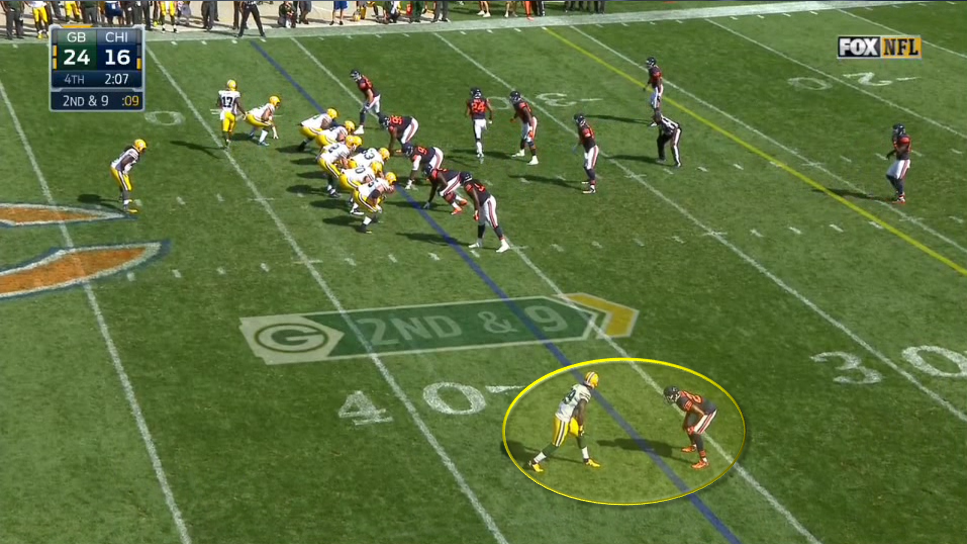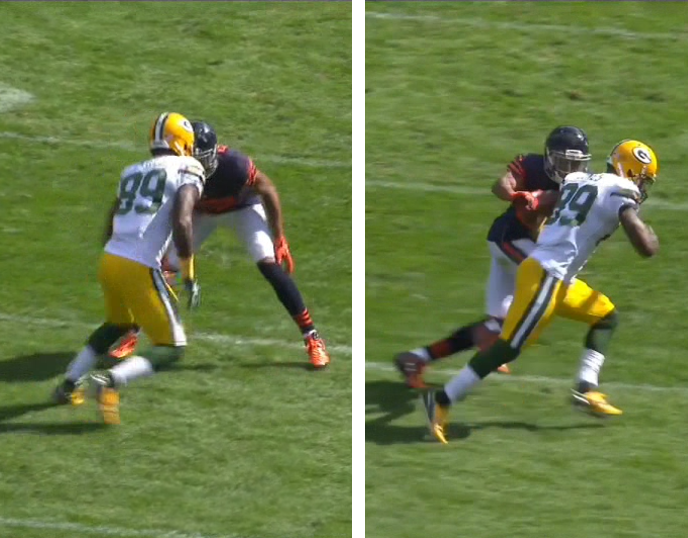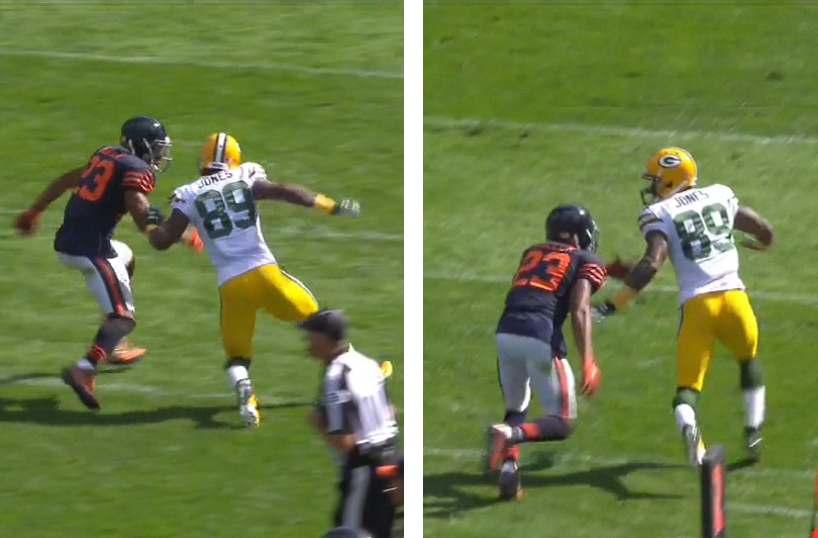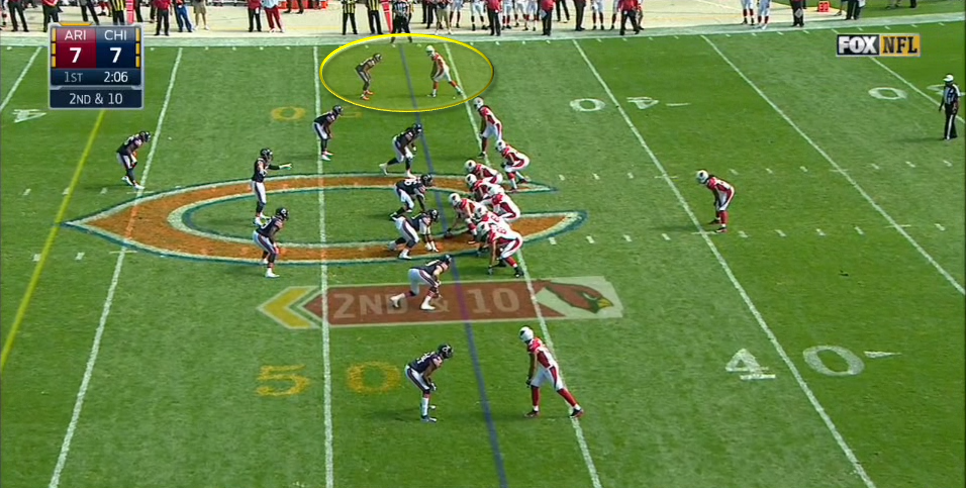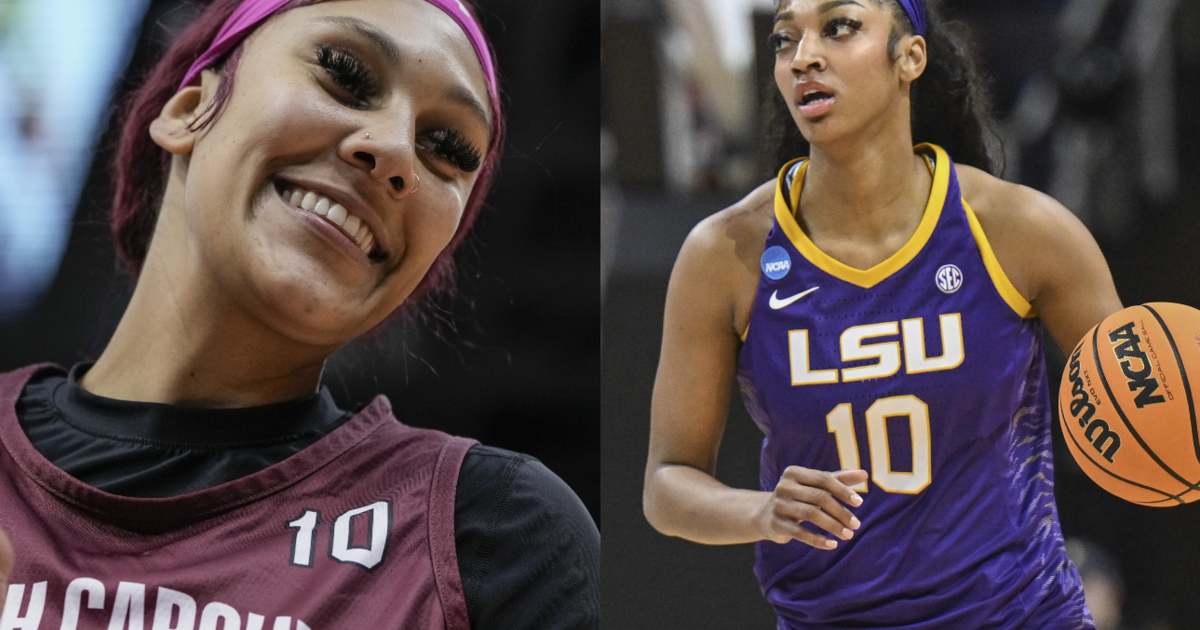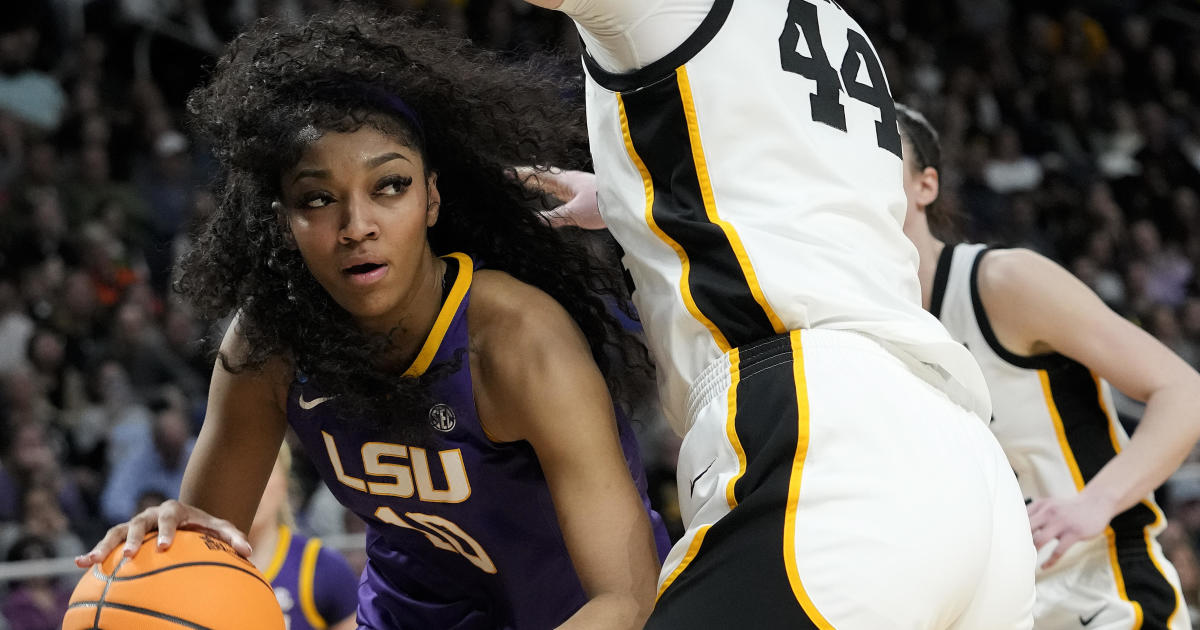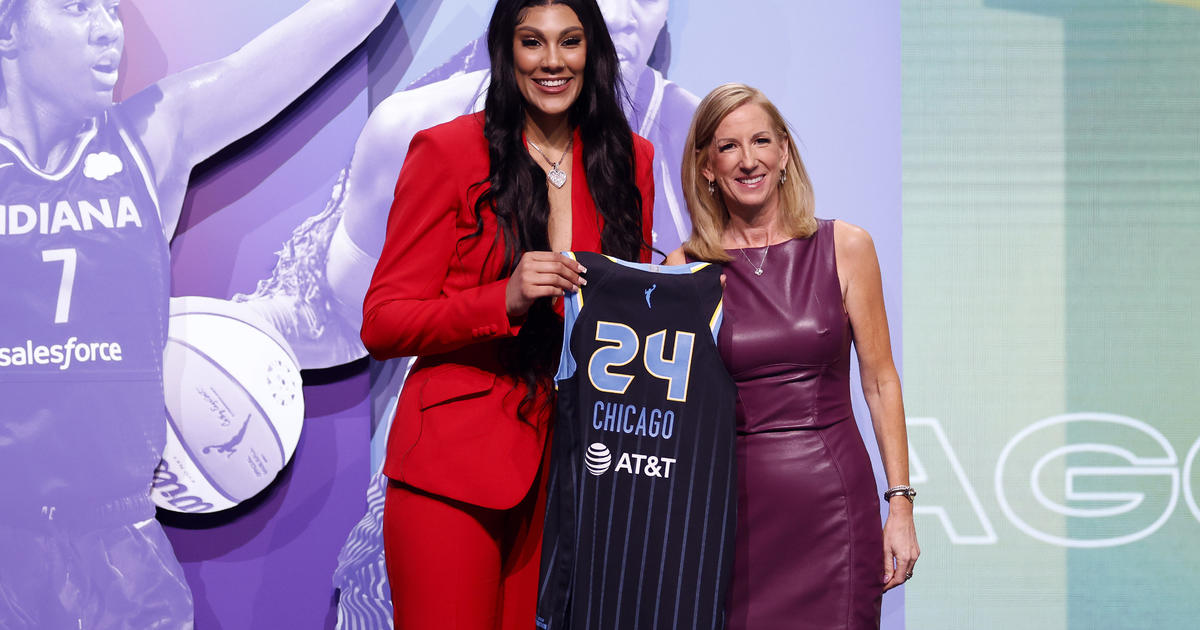Durkin's Playbook: Spotlight's On Kyle Fuller
By Dan Durkin--
(CBS) Being a first-round draft pick in the NFL comes with justified expectations. Other than the quarterback position, grace periods no longer exist. Players are counted upon to immediately step in, fill a role and contribute.
Bears cornerback Kyle Fuller was no exception to this rule.
Despite the team already having two Pro Bowl cornerbacks on the roster when it drafted Fuller in 2014, they were both 30-plus-year-old veterans, and there was nothing in the talent pipeline to replace them. In a three-receiver league, teams must have three trustworthy corners, as a nickel back is effectively a starter.
Last season, Fuller started on the outside at left cornerback in the Bears' nickel package, while starter Tim Jennings moved into the slot. Former defensive coordinator Mel Tucker played primarily zone schemes, but Fuller's length was viewed as an asset on the perimeter.
An injury to starter Charles Tillman in the third quarter of the second game of the 2014 season thrust Fuller into a full-time role at right cornerback. In his first extended action as a starter, Fuller stole the show with two late interceptions that helped the Bears complete an improbable comeback win against the 49ers. With Tillman lost for the season, the switch was permanent.
As the weeks progressed, Fuller's play rapidly declined. He was exposed in the Bears' Week 4 matchup against the Green Bay Packers, in which he was made the mark in the passing game, and the bull's-eye on his jersey has since remained.
Fast forward to the 2015 season, Fuller is now counted on as the team's cover corner in defensive coordinator Vic Fangio's man-based coverage schemes. Playing sound man coverage forces teams to either use pre-snap motion or align their receivers in bunched sets in order to get clean releases off the line.
Fangio has asked Fuller and Alan Ball to play press-technique at the line of scrimmage. Playing effective press (or "bump and run") coverage increases a defense's chance of contesting the pass and forces the quarterback to be precise with his ball placement.
Through two weeks, Fuller has struggled when targeted. He's given up two touchdowns, two explosive passes (defined as 18-plus yards) and committed two defensive pass interference calls totaling 76 yards. He's playing with shaken confidence and showing poor awareness for the football with his back turned to the quarterback.
There are two ways a cornerback can be beaten when playing press man coverage -- off the release at the line of scrimmage or when a receiver comes out of his break. Focusing in on the two long pass interference calls shows Fuller is being beaten off the release due to lapses in his fundamentals and technique.
Let's step inside the film room to take a closer look.
The first example comes from the Bears' Week 1 game against the Green Bay Packers. The Packers have the ball and a 24-16 lead with 2:07 left in the game. They are driving in Bears' territory, set up by a Clay Matthews interception.
The Packers come out in 12 personnel in a wing left formation. The Bears counter with their base personnel package, and Fuller is lined up against split end James Jones (circled in yellow) in press-technique. Fangio has called Cover-1 man free coverage, with Antrel Rolle as the lone single-high safety to close the middle of the field.
(All images courtesy of NFL GamePass)
Fuller is playing with inside technique, using the sideline as his help as Jones is split wide outside the numbers. Fundamentally, Fuller must be focused on two things -- his footwork and his jam. Fuller wants to step with his inside foot and ensure his feet don't get wider than his shoulders, then deliver a solid jam with his inside hand. He does neither.
Fuller's feet get too wide, which leads to wasted steps to get outside and stay "in phase" (hip-to-hip) with Jones up the field. His jam is late and misses Jones' chest, rather landing on his arm, which Jones easily evades to get a free outside release into his route.
There's some hand fighting that goes on between the two, but Jones runs a stop-and-go vertical route and slightly pulls Fuller's arm to stack on top of him. This is a savvy move that every veteran receiver makes. Brandon Marshall has made a living off of this very move.
In doing so, Jones is able to stack on top of Fuller and give Aaron Rodgers a clean window to throw the ball into up the field near the goal line. Fuller is now "out of phase," trailing Jones, and forced to play his hands rather than the ball, which leads to an easy pass interference call.
The penalty nets the Packers 34 yards and first-and-goal from the 2-yard line. They punched it in on the next play to take a commanding 31-16 lead late in the game.
Fuller's a better and faster athlete than Jones. He could've put himself in a better position off the release with a stronger jam and better footwork to force Rodgers to look elsewhere on the field.
The next example comes from last week's game against the Arizona Cardinals, who come out in 11 personnel in a trips right set. The Bears counter with nickel personnel in a 2-4-5 alignment. Fuller's lined up against John Brown, the Z-receiver (circled in yellow) in press-technique.
Brown is one of the league's fastest receivers, but he's a smaller player. Given his speed, it's essential for Fuller to get a jam on Brown to disrupt his release off the line of scrimmage, yet Fuller bails off the snap and gives a free release to the outside.
Fuller is beaten immediately and on his heels as Brown makes his way unimpeded up the sidelines on a straight go route. Fuller is once again out of phase, trailing Brown, and he doesn't have the speed to recover.
A better throw from Palmer here and this is a walk-in touchdown for Brown. However, the pass is slightly underthrown, so Fuller is forced to play Brown's hands instead of the ball, drawing an easy pass interference call.
This is more hidden yardage on the stat sheet. This 42-yard penalty gave the Cardinals a first-and-10 from the Bears' 11-yard line, which they converted into a touchdown two plays later.
With Fuller being a second-year pro, more should be expected from him at this point in his development. His technique and fundamentals have been inconsistent, his recovery speed is questionable and he's showing poor ball judgement when passes are in flight.
A cornerback's best physical key is a receiver's hips, which will indicate when and which direction he his breaking. If a receiver is still heading down the field after 16 yards, he's running a vertical route and cornerback must stay in phase and adopt a receiver's mentality to get his head back around to locate the ball. If the corner is trailing, he must read the receiver's eyes and hands as to alert him when the ball is arriving.
Unfortunately for Fuller, he's struggling both off the line and through the receiver's move area. He's consistently getting himself in trail positions, which is preventing him from making plays on the ball. Instead he's being forced to play the receiver at the time the ball arrives, which is leading to completions and penalties.
Through two weeks, the blueprint is out on how to beat the Bears' defense -- attack their cornerbacks outside the numbers.
Fuller was benched late in the game against the Cardinals. If that doesn't serve as a wake-up call for him, he's trending in the same direction as so many of the Bears' recent first-round picks, which would be another major setback for a team with no margin for error with their young personnel.
Time is still on Fuller's side, but he must make a more concerted effort to hone his craft both on the field and on the film room in order to correct the course.
Dan Durkin covers the Bears for CBSChicago.com and is a frequent contributor to 670 The Score. Follow him on Twitter at @djdurkin.
